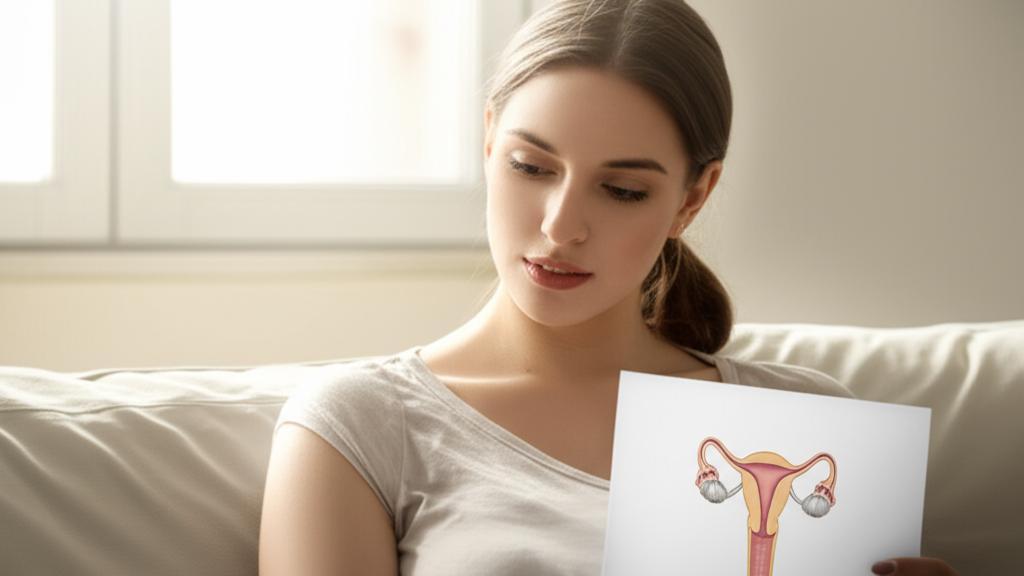You know, sometimes patients come to me with a concern, a little discomfort or a question about a part of their body they’ve never really thought much about. It’s completely normal! Our bodies are wonderfully complex, and today, I want to chat about something you might not have heard of: Skene’s glands. They’re tiny, but they do some pretty interesting things.
So, What Exactly Are Skene’s Glands?
Alright, let’s get to know these little structures. Skene’s glands are a pair of glands, usually about the size of a small blueberry – though this can vary from person to person. You’ll find them on either side of the lower end of your urethra. That’s the tube that carries urine from your bladder out of your body.
Now, you won’t usually see them. They’re tucked away in what we call the vestibule of your vulva (that’s the area you see when you gently spread the inner lips of your vagina). They have tiny openings, but they’re almost impossible to spot with the naked eye. An interesting little fact: these glands develop from the same embryonic cells that form the prostate in males. Because of this, some people even call them the “female prostate.” It’s a good reminder of how interconnected our bodies are, isn’t it?
The Surprising Roles of Your Skene’s Glands
Even though they’re small, Skene’s glands have a couple of important jobs related to both your urinary and sexual health.
First, for urinary health, we believe these glands secrete a fluid that helps lubricate the opening of your urethra when you pee. This isn’t just for comfort; this fluid also seems to help prevent urinary tract infections (UTIs) by creating a sort of protective barrier against bacteria. Clever, right?
Then there’s their role in sexual health. During sexual arousal, blood flow to the area increases, and your Skene’s glands swell. They also produce fluid that contributes to lubrication during intercourse. And here’s something really fascinating: some researchers think that the fluid released from these glands during orgasm in some women might be the source of what’s sometimes called “female ejaculation.” This milk-like fluid actually contains proteins similar to those found in male semen. The science is still exploring this, but it’s quite a thought!
Not everyone born female has prominent or particularly active Skene’s glands, and that’s perfectly okay too.
When Skene’s Glands Cause Trouble
Most of the time, you’ll go through life without ever having an issue with your Skene’s glands. They just quietly do their job. But, like any part of the body, sometimes things can go a bit awry. Problems with these glands can sometimes affect your urethra, and likewise, issues with your urethra can sometimes impact them.
Here are some conditions that can affect them:
- Infections
- Skene’s duct cysts (these are little sacs of fluid that can form if a duct gets blocked)
- Trichomoniasis (a common sexually transmitted infection)
Very, very rarely, cancer can develop in the Skene’s glands. I’m talking about only around 20 reported cases ever, so it’s truly uncommon. The good news is that most medical conditions involving these glands aren’t serious.
Let’s Talk About Skenitis
The most common hiccup we see with Skene’s glands is something called skenitis. This is essentially an inflammation or infection of the glands. Often, it develops from the same infection that causes gonorrhea. Sometimes, its symptoms can be mistaken for a UTI.
If you have skenitis, you might notice:
- Your Skene’s glands feel swollen and sore.
- Painful urination (that burning feeling).
- A frequent or urgent need to pee.
- Painful sex.
- General vaginal pain or discomfort.
If we suspect skenitis, we’ll usually prescribe antibiotics to clear up the infection. If an infection hangs around for too long, sometimes an abscess (a collection of pus) can form, and that might need to be drained, possibly with a small surgical procedure.
When to Chat With Your Doctor About Skene’s Glands Concerns
It’s always best to check in if something doesn’t feel right. Please don’t hesitate to make an appointment if you’re experiencing any of these symptoms:
- Painful urination
- Pelvic pain
- Painful sex
- Pee that looks bloody or cloudy
- Urinary incontinence (leaking urine when you don’t mean to)
- Pee or vaginal discharge that has a foul smell
We can talk through what’s happening and figure out the best way forward.
Key Things to Remember About Skene’s Glands
Let’s quickly recap what we’ve talked about:
- Skene’s glands are small glands located near the female urethra.
- They play a role in urinary health by providing lubrication and potentially preventing UTIs.
- They’re involved in sexual response, providing lubrication and possibly contributing to female ejaculation.
- Problems are rare, but infections like skenitis or cysts can occur.
- If you have symptoms like painful urination, pelvic pain, or unusual discharge, it’s a good idea to see your doctor.
You’re not alone in figuring these things out. Our bodies have all sorts of little quirks and complexities, and it’s my job to help you understand them and stay healthy. So, if you have any worries, big or small, just reach out. We’ll navigate it together.


